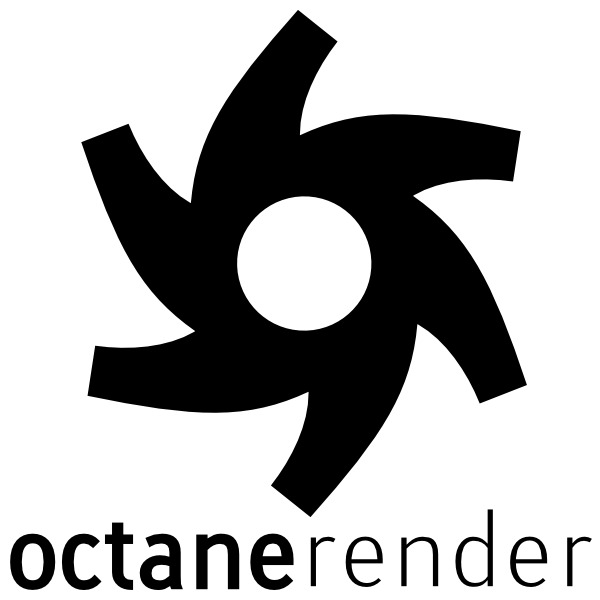Table of Contents
Introduction
OctaneRender, from OTOY, is a real-time, physically correct 3D rendering engine that uses GPUs instead of CPUs for processing. This is a relatively new approach, as traditional graphics rendering was done on CPUs instead. Graphics processors are ideal for highly parallel tasks like rendering, though, and it is easier to fit multiple video cards in a single computer than multiple CPUs.
How well does performance scale across multiple GPUs, though? Are there diminishing returns as more cards are added? And is scaling affected by GPU generation? We are putting the latest Titan V cards, based on NVIDIA's new Volta architecture, to the test – along with the previous generation GeForce GTX 1080 Ti cards. Those have been extremely popular for rendering workstations because of their price:performance ratio, although they aren't as powerful as the Titans.
Test Setup
To see how increasing the number of video cards in a system affects performance in OctaneRender 3.08, we took the OctaneBench program and modified it slightly. As of this publication, OctaneBench is still using the 3.06.2 version of the rendering engine – which does not support the Titan V. However, you can manually copy over the files from 3.08 into the folder containing OctaneBench and then it will use the newer rendering engine. We cannot redistribute the modified software, but if you download both OctaneBench 3.06.2 and the demo version of OctaneRender 3.08 it is pretty easy to copy over the necessary files.
On the hardware side, we want to use a high clock speed processor so that the video cards can really shine. We also need a platform that will support as many video cards as possible in a large tower workstation. Given that combination of goals, the configuration which makes the most sense is Intel's Xeon W – specifically, the W-2125 processor on a Gigabyte MW51-HP0 motherboard. That provides the right PCI-Express slot layout for up to four GPUs, and the Xeon W-2125 runs at 4GHz base clock and up to 4.5GHz in Turbo Boost.
If you would like full details on the hardware configuration we tested on, just click here to expand a detailed list.
| Testing Hardware | |
| Motherboard: | Gigabyte MW51-HP0 |
| CPU: | Intel Xeon W-2125 4.0GHz (4.5GHz Turbo) 4 Core |
| RAM: | 8x Kingston DDR4-2666 32GB ECC Reg (256GB total) |
| GPU: | 1 – 4 x NVIDIA GeForce GTX 1080 Ti 11GB 1 – 4 x NVIDIA Titan V 12GB |
| Hard Drive: | Samsung 960 Pro 1TB M.2 PCI-E x4 NVMe SSD |
| OS: | Windows 10 Pro 64-bit |
| PSU: | EVGA SuperNova 1600W P2 |
| Software: | OctaneBench 3.08 (files from OctaneRender 3.08 Demo copied into OctaneBench 3.06.2) |
Benchmark Results
Here are the total scores from OctaneBench for the different numbers of video cards we tested:
Or another way to look at it, here is how the Titan V's scores increased as a percentage, based on the score of a single card:
And the same sort of chart for the GeForce GTX 1080 Ti's scaling percentage, based on a single card's score:
Analysis
As shown above, video card performance in OctaneRender scales almost perfectly as additional cards are added. That is called "linear scaling" and is fairly rare in real-world computer applications. Given that both the Titan V and GeForce GTX 1080 Ti showed the same degree of scaling, it is probably safe to assume that this would apply across the board to all NVIDIA graphics cards in Octane.
Conclusion
Performance in OctaneRender scales almost perfectly across multiple GPUs – but that statement can lead to incorrect conclusions. Doubling the number of video cards in a system doubles performance, but does *not* double the price of the computer. Much of a workstation may stay the same, even as more video cards are added, so the percentage increase in price for an additional card is usually less than the percentage increase in OctaneRender performance you will end up getting. Moreover, a few lower-cost cards can often outpace a single higher-end GPU – meaning that multiple video cards is the way to go for the best value in OctaneRender.
Puget Systems offers a range of powerful and reliable systems that are tailor-made for your unique workflow.

